How to Deal with Tinnitus (Ringing in Ears) 5 TIPS
I would like to share with you what you can do with 5 TIPS and how to manage one of the most annoying conditions: tinnitus or ringing...
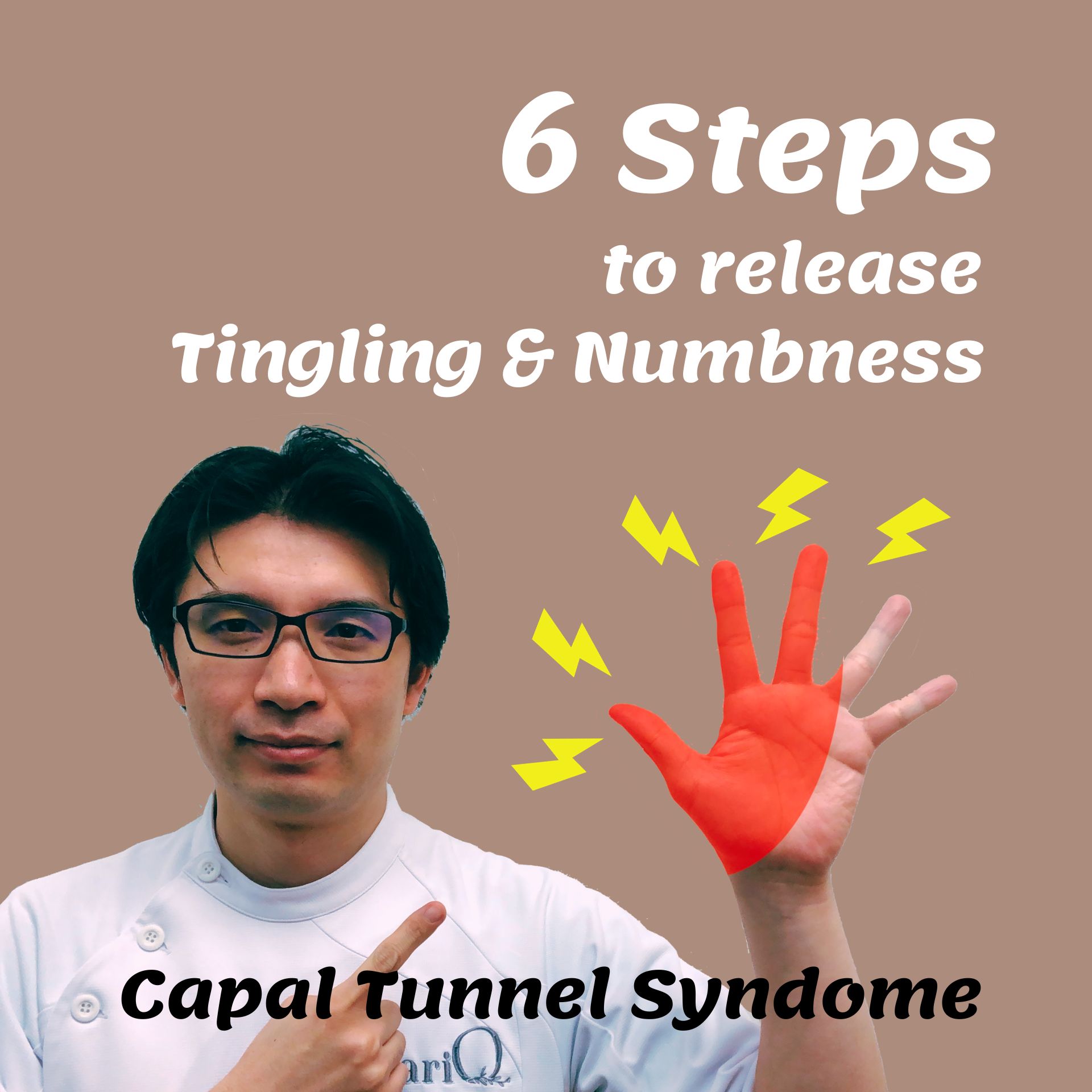
August 10, 2024
Hi, it’s Satoru from hariQ acupuncture & herbs. In this blog, I want to introduce you to how to take care of your Carpal tunnel syndrome. Carpal tunnel syndrome is a condition that causes numbness, tingling, and other symptoms in the wrist, hand and fingers (thumb, index, & middle or ring). It occurs when the median nerve, which runs from the forearm into the hand, is squeezed or pressed at the wrist. This nerve controls sensations to the palm side of the thumb and fingers (although not the little finger), as well as impulses to some small muscles in the hand that allow the fingers and thumb to move. When the median nerve is compressed, it can cause pain, numbness, tingling and weakness in the hand and wrist.
I’m going to talk about what’s the common cause of carpal tunnel syndrome, and then I will introduce you how to massage based on the causes. Let’s check this out.
We understand this can be a lot of information and overwhelming: if you are looking for more support and answers, set up a free consultation with our Carpal Tunnel Syndrome Specialist, Satoru Ozawa. Share your story, get your questions answered, and learn how you can set yourself up for tremendous success in achieving a healthy life.

The carpal tunnel is a narrow passage located on the palm side of the wrist. It acts as a pathway for the median nerve and tendons to pass through. The tunnel is formed of wrist bones and contains different flexor tendons. But, because of injury, overuse, or certain medical conditions like diabetes, pregnancy, arthritis, and even obesity, one or more of these tendons can become swollen, which leads to the narrowing of the tunnel, causing numbness and tingling in your hand.
Additionally, some people are born with a smaller carpal tunnel, which can increase their risk of developing the condition. It’s important to identify the cause of your carpal tunnel syndrome in order to determine the most effective treatment plan.

Repetitive movements and stress are the most common causes of carpal tunnel syndrome, also known as repetitive stress injury. This condition can occur as a result of work-related injuries in dentists, musicians, builders, bakers, and even office workers who spend a lot of time typing or using a mouse.
Also, people who like to spend a lot of time playing video games, holding smartphones, texting, and pressing keys can go on to develop carpal tunnel syndrome.
Prolonged extension of the wrist and compression can lead to numbness and tingling. Additionally, continually using your forearm muscles, can narrow the tunnel and cause problems with nerves and blood vessels in the hand.
According to American Family Physician, 30% of frequent computer users report experiencing numbness, burning, or tingling of their limbs. Meanwhile, 10% of them suffer from carpal tunnel syndrome.
Like I talked about earlier, carpal tunnel syndrome is a condition that affects the wrist when the “roof” of the tunnel (also known as the flexor retinaculum) gets compressed. This compression can trap nerves and blood vessels, which leads to numbness and tingling sensations. It’s important to note that the median nerve only runs through these four fingers, which is why they are primarily affected.
For those reasons, you need to release the pressure in your hand and wrist to open up the space in the carpal tunnel, I recommend massaging your wrist, hand, and forearm. I created 6 simple steps to follow and release the symptoms by yourself.
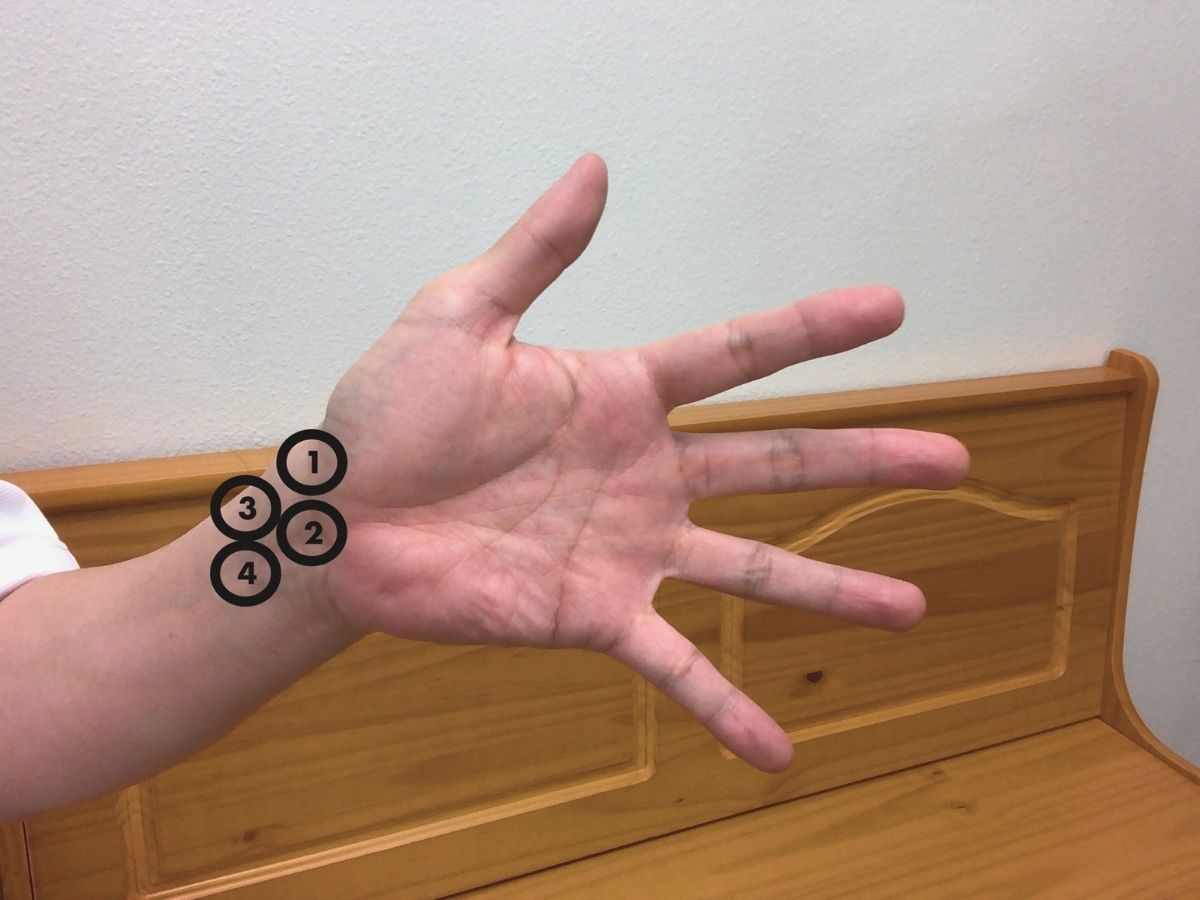
In the first step, you massage the actual roof of the carpal tunnel, called the flexor retinaculum. The flexor retinaculum is the band-like thick tendon-like tissue that helps to hold the passage of the median nerve, tendons, and blood vessels. There is a crease on your wrist. You can imagine four spots around this crease. To massage these spots, place your thumb on the first spot and rub in a circular motion clockwise for 10 seconds. Then, move to the second spot and repeat the same motion for 10 seconds. Repeat this cycle for the remaining two spots. Do this entire process two more times for a total of three cycles.
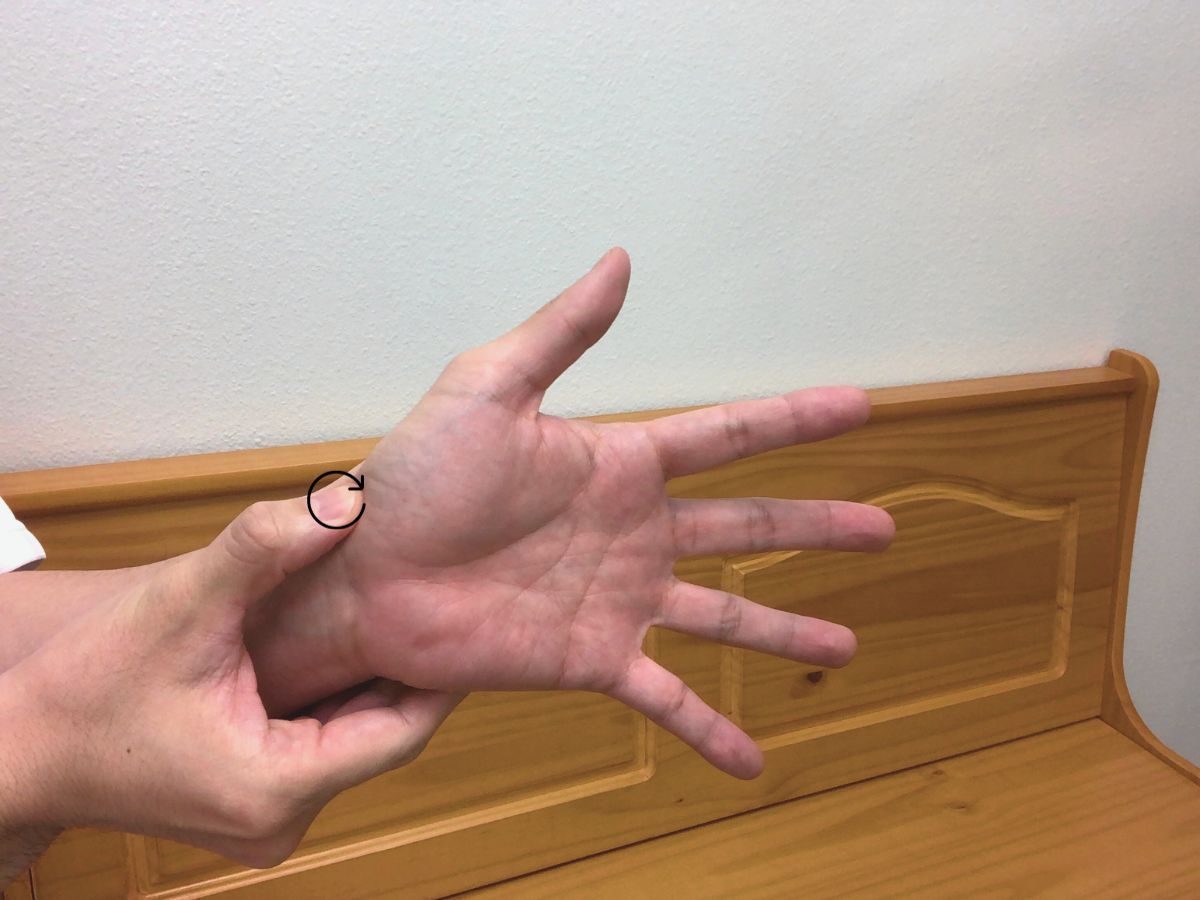
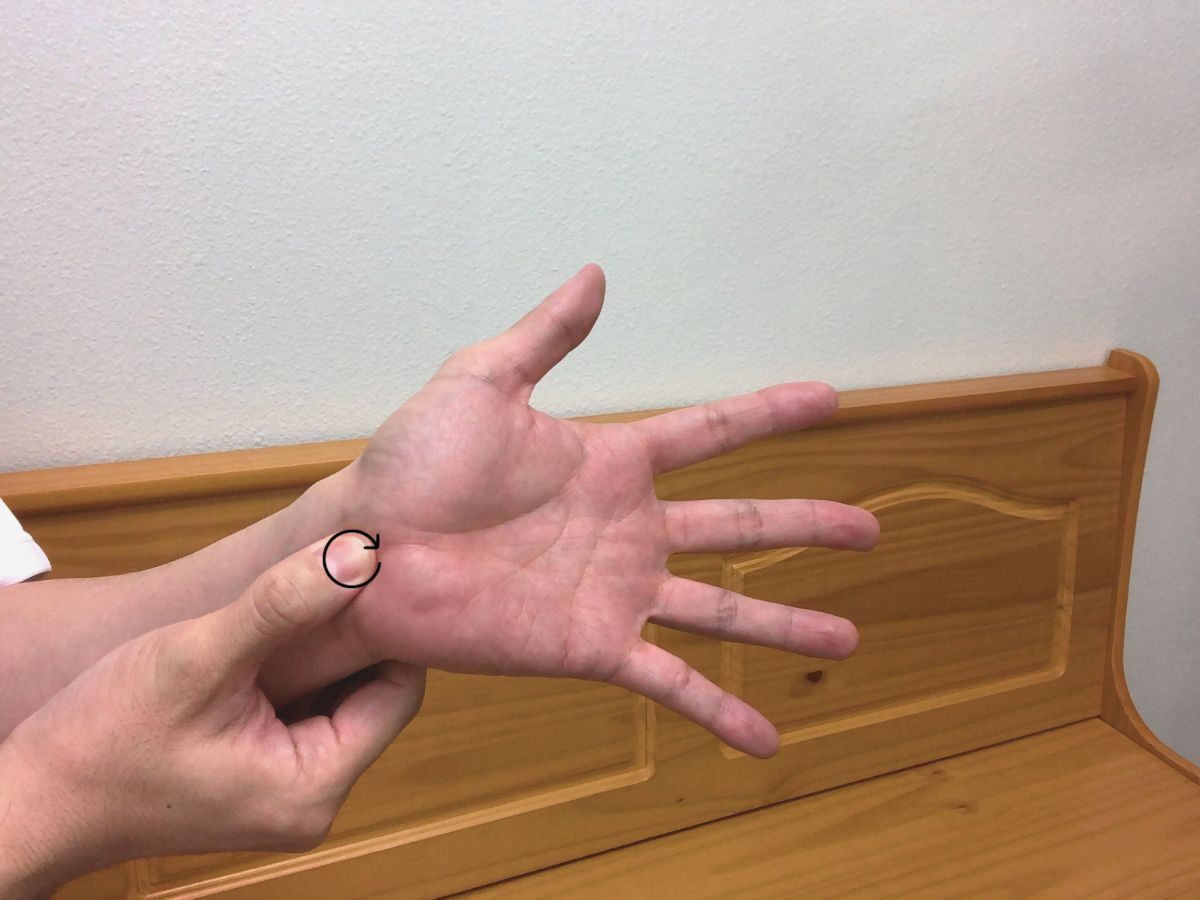
The second message is located on your thumb pad and is known as the thenar eminence. This is a very important point to massage because the median nerve controls this area. You can imagine there are 2 lines on this pad. The first line starts from the wrist crease and goes up to the root of the thumb, which is also known as the MCP joint. The second line goes from the center of your wrist crease to the root of your thumb. On the first line, you can divide it into three parts and then rub circular motions on each spot for 10 seconds before moving up to the thumb. Similarly, on the second line, divide it into 4 parts and then rub circular motions on each spot for 10 seconds until you reach the root of the thumb.
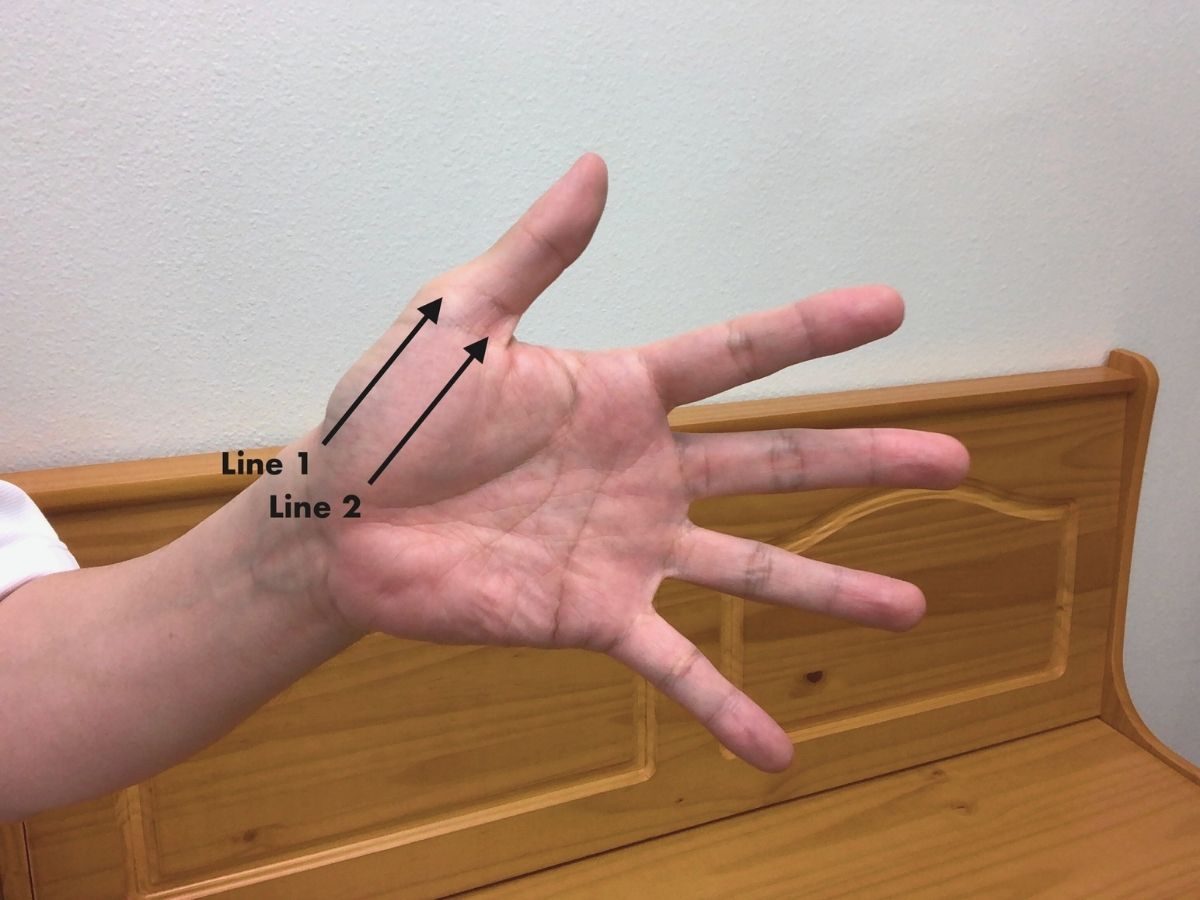
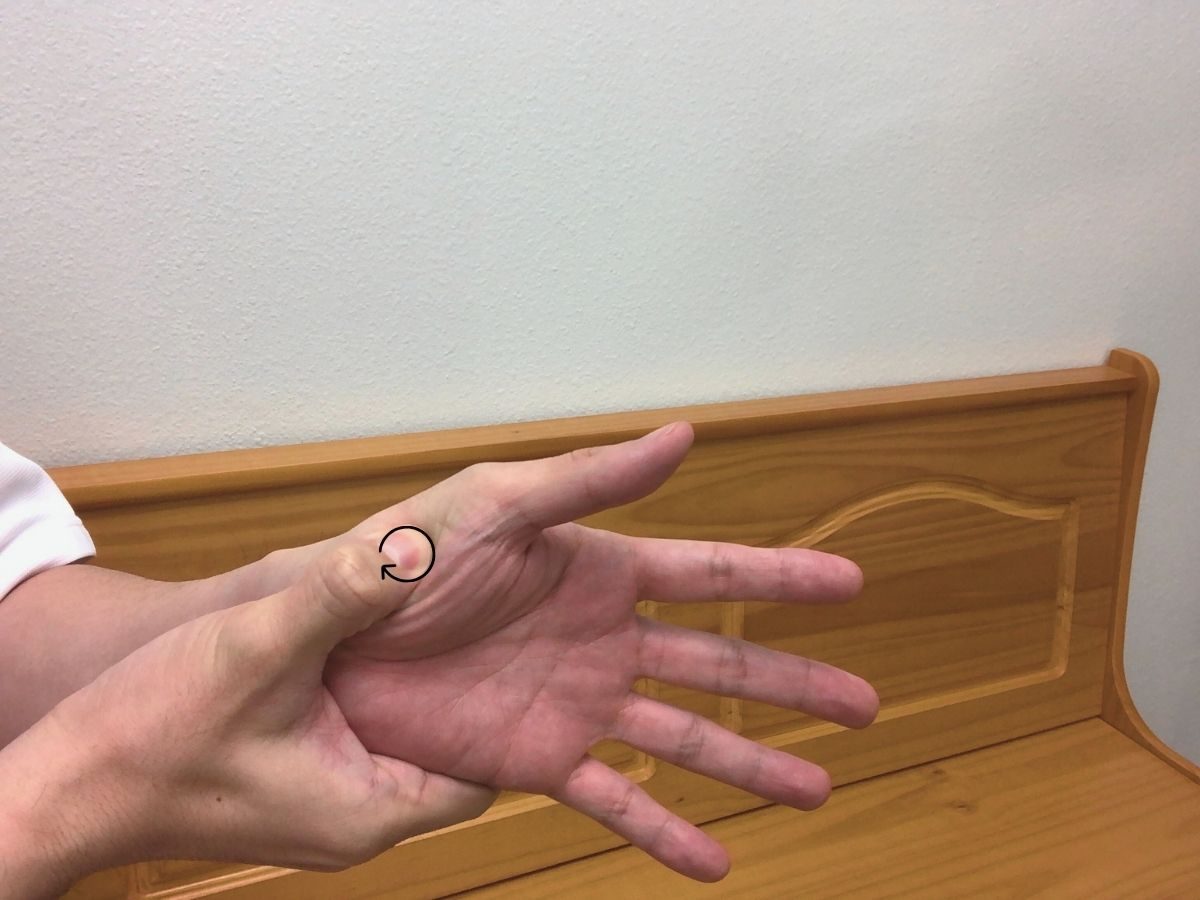
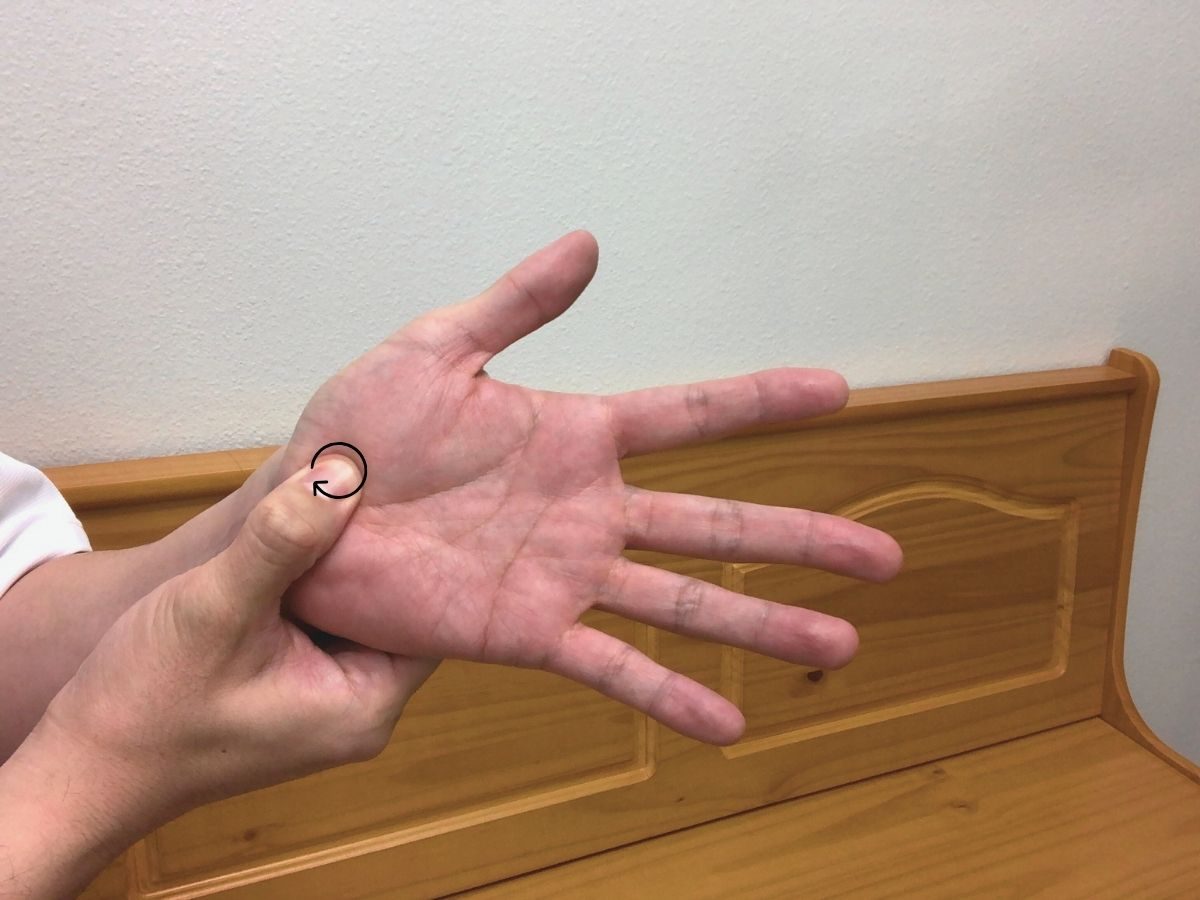
This step is important for people who have numbness and tingling in their index, middle, and ring fingers because the median nerve also runs through these areas. Imagine that there are three spots on your palm. The first spot is located at the base of your index finger. The second spot is in between your index and middle fingers. And the third spot is in between your middle finger and ring finger. To begin, press the first spot against the joint of your index finger, find the tender spot, and rub it in a circular motion for 10 seconds. Then, move on to the second spot and push towards the index finger for the first 10 seconds. After that, switch the angle and press in a circular motion for 10 seconds against the middle finger. On the third spot, rub the middle finger again with a circular motion for 10 seconds. Repeat this cycle two more times.
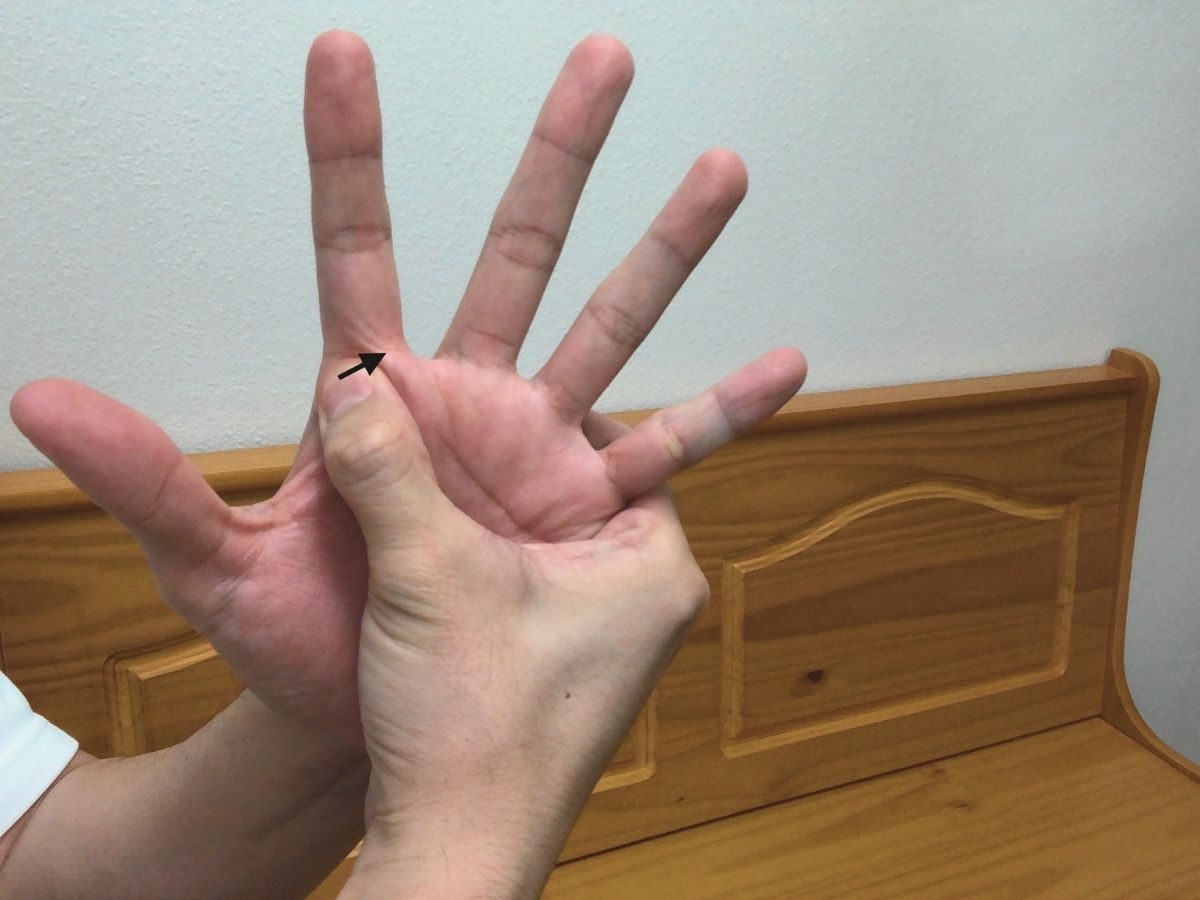

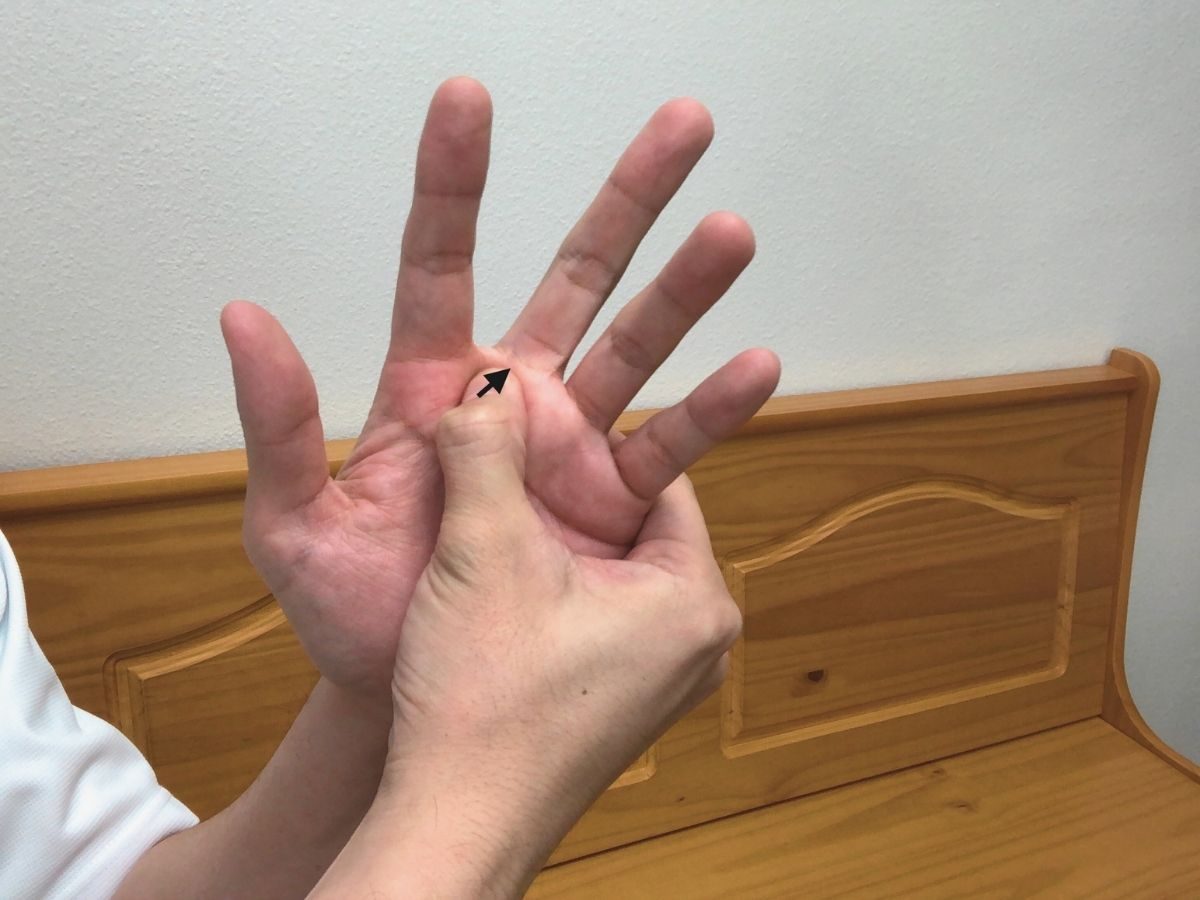
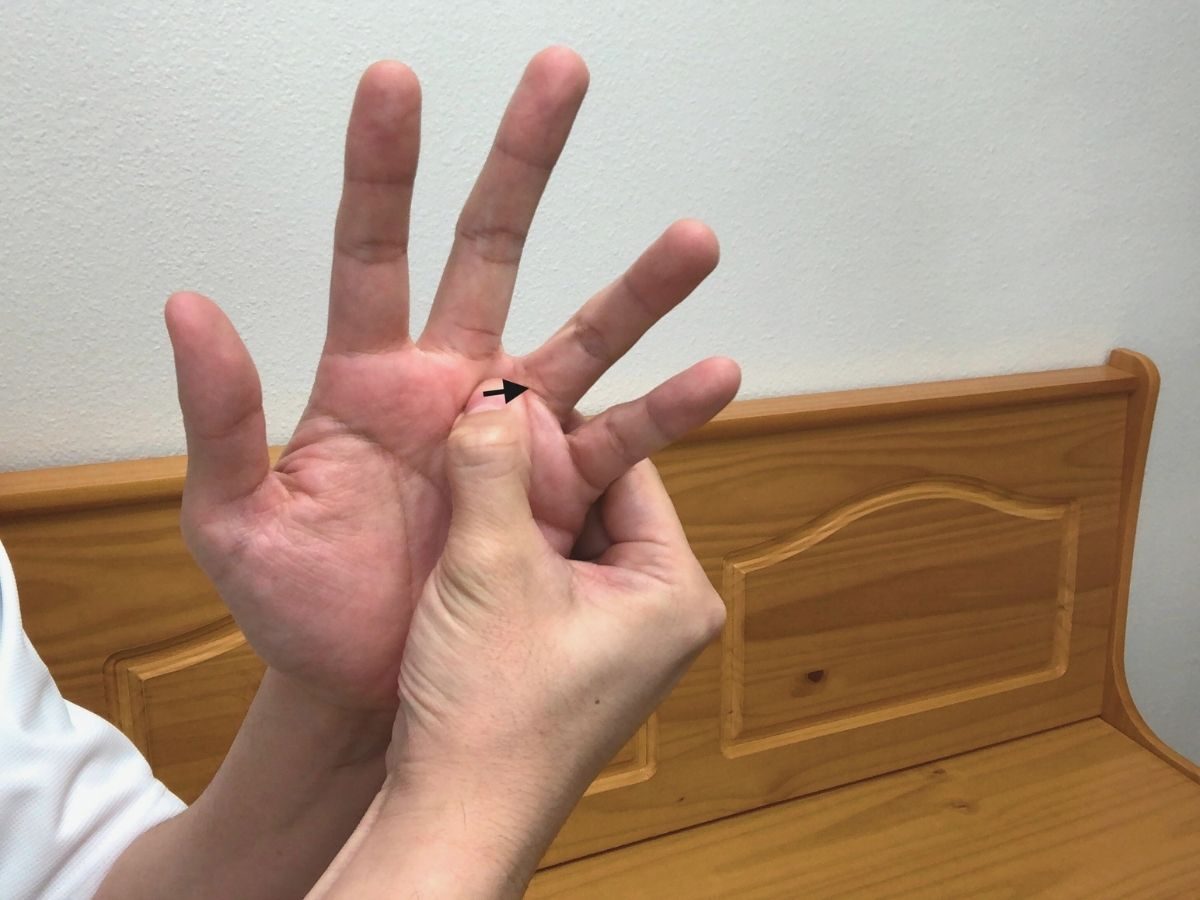
Now, I want you to imagine there are 2 lines on your forearm. To locate the two lines on your forearm, start from the elbow crease and move toward the wrist crease. The line on the outside is line 1, followed by line 2 in the middle. Then, depending on the length of your forearm, you can divide them into approximately 5 to 6 sections. Place your thumb on the line to massage these lines and rub them vertically 5-10 times before moving on to the next one. Make sure to apply enough pressure, but not too much, to avoid pain. If you experience discomfort, you may be pressing too hard.
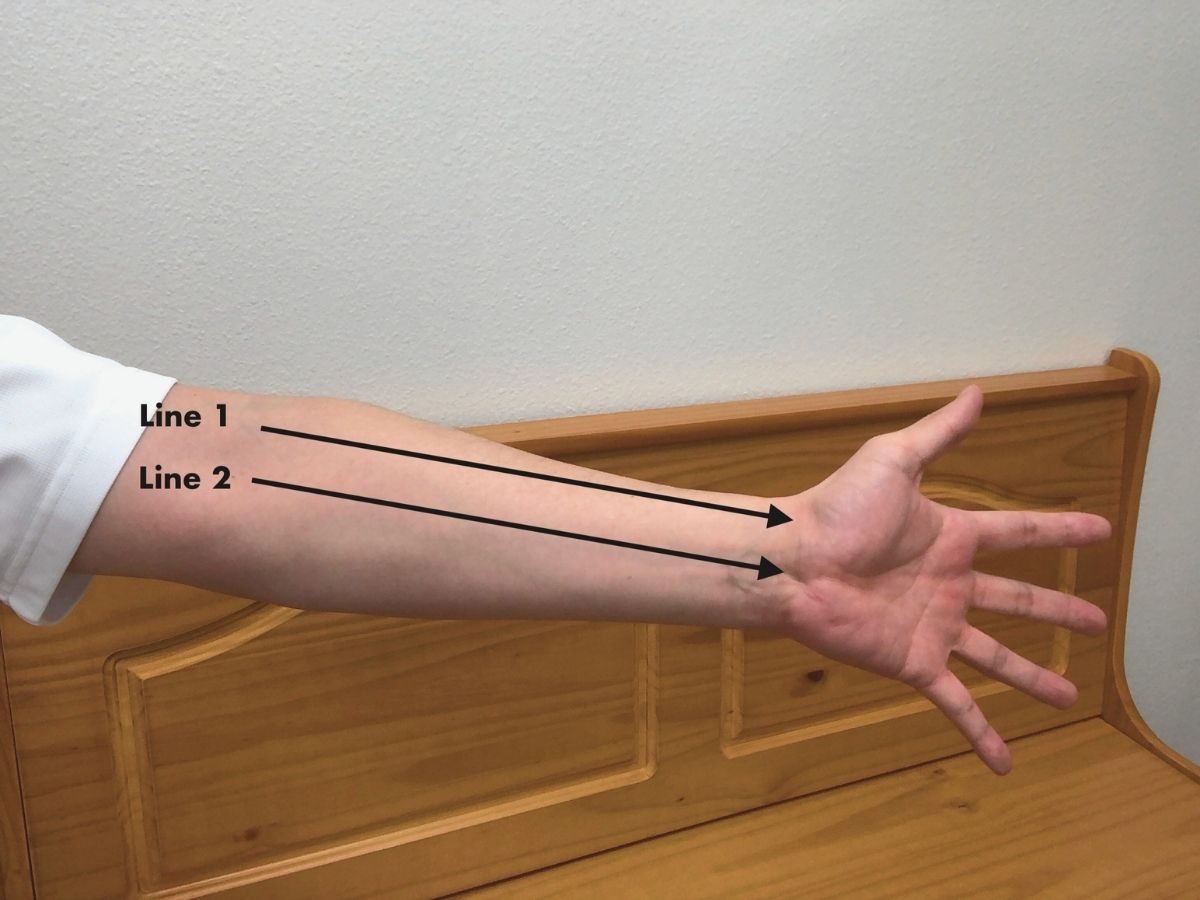
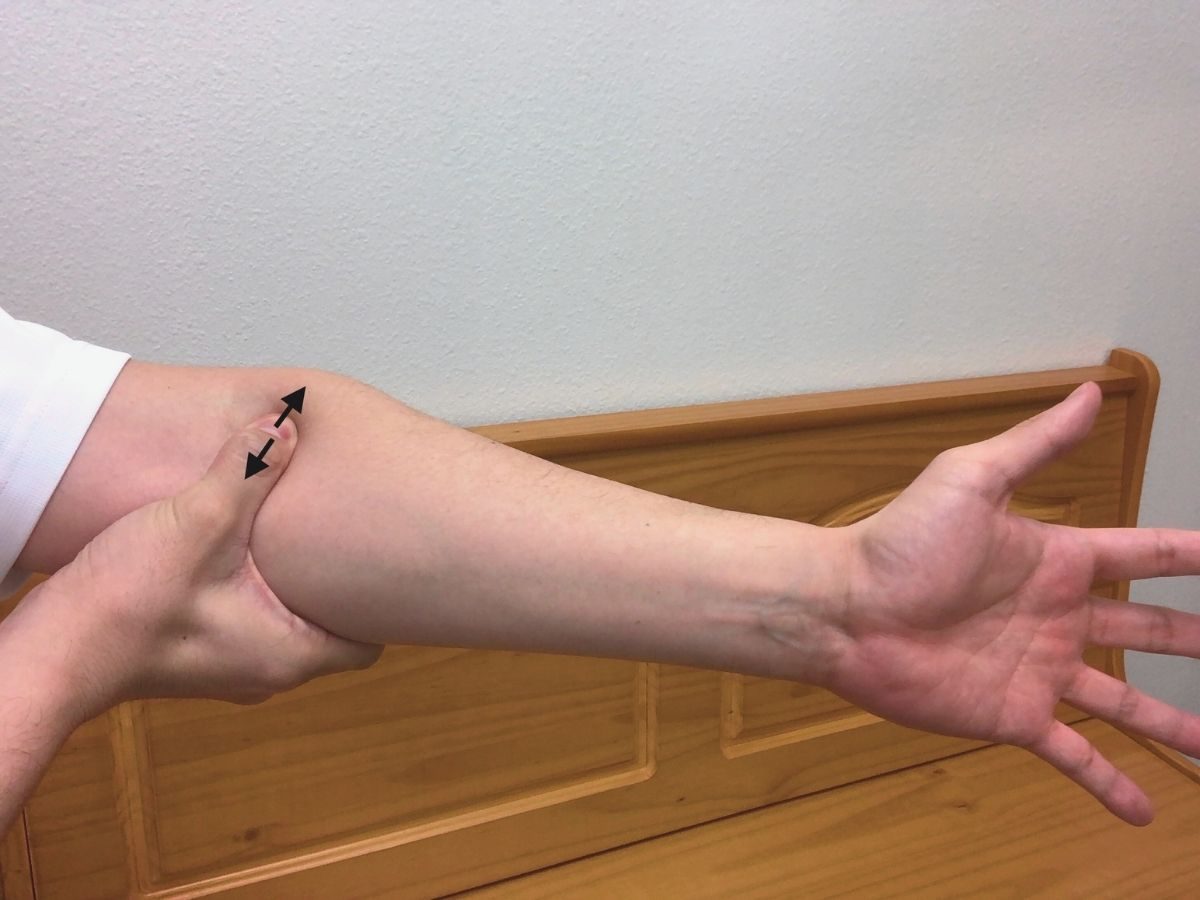
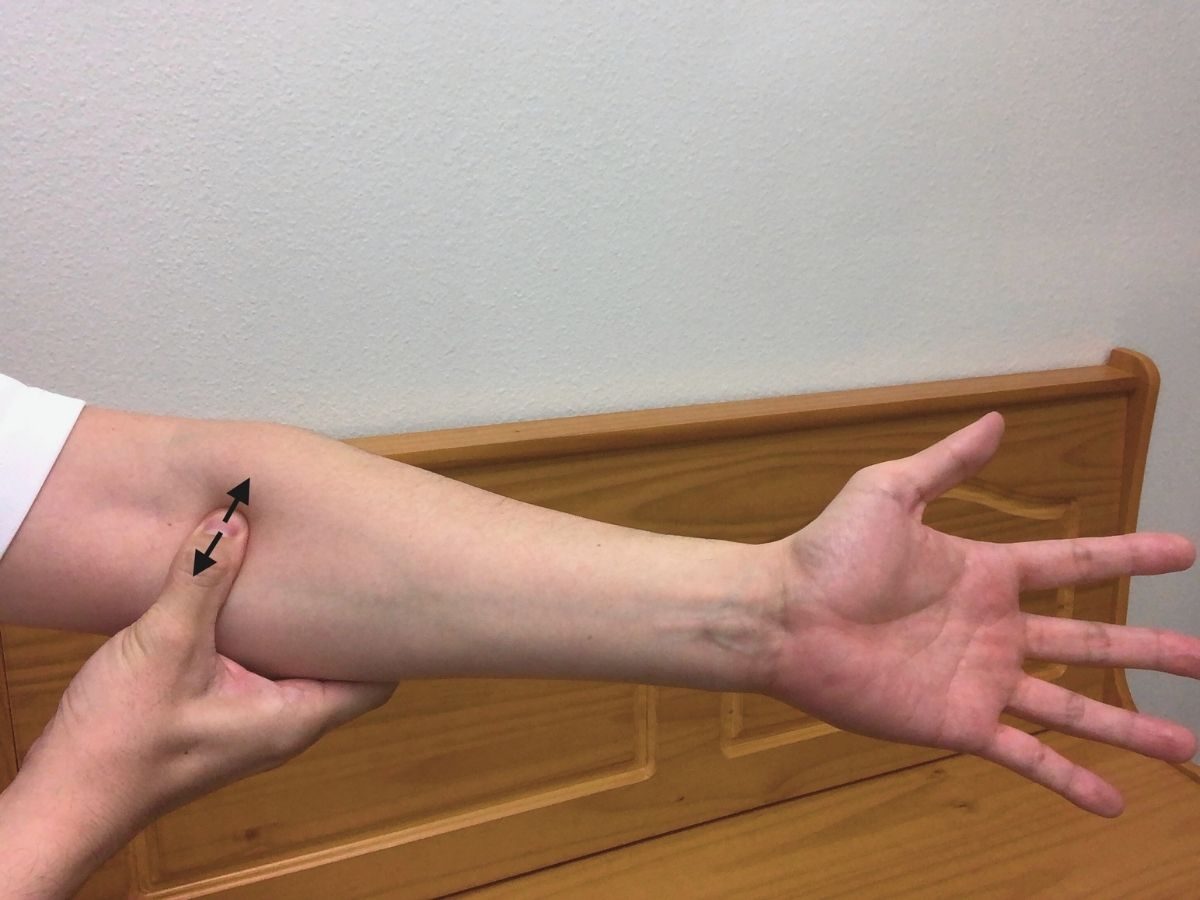
Did you know that tingling and numbness in your hand can be caused by having a tight neck? It’s called thoracic outlet syndrome. Your neck has these muscles called the anterior scalene and middle scalene, and they have this nerve bundle called Brachial Plexus and blood vessels running through them. If your neck is tight for any reason, it can trap and pinch nerves and blood vessels, causing numbness & tingling in your hand.
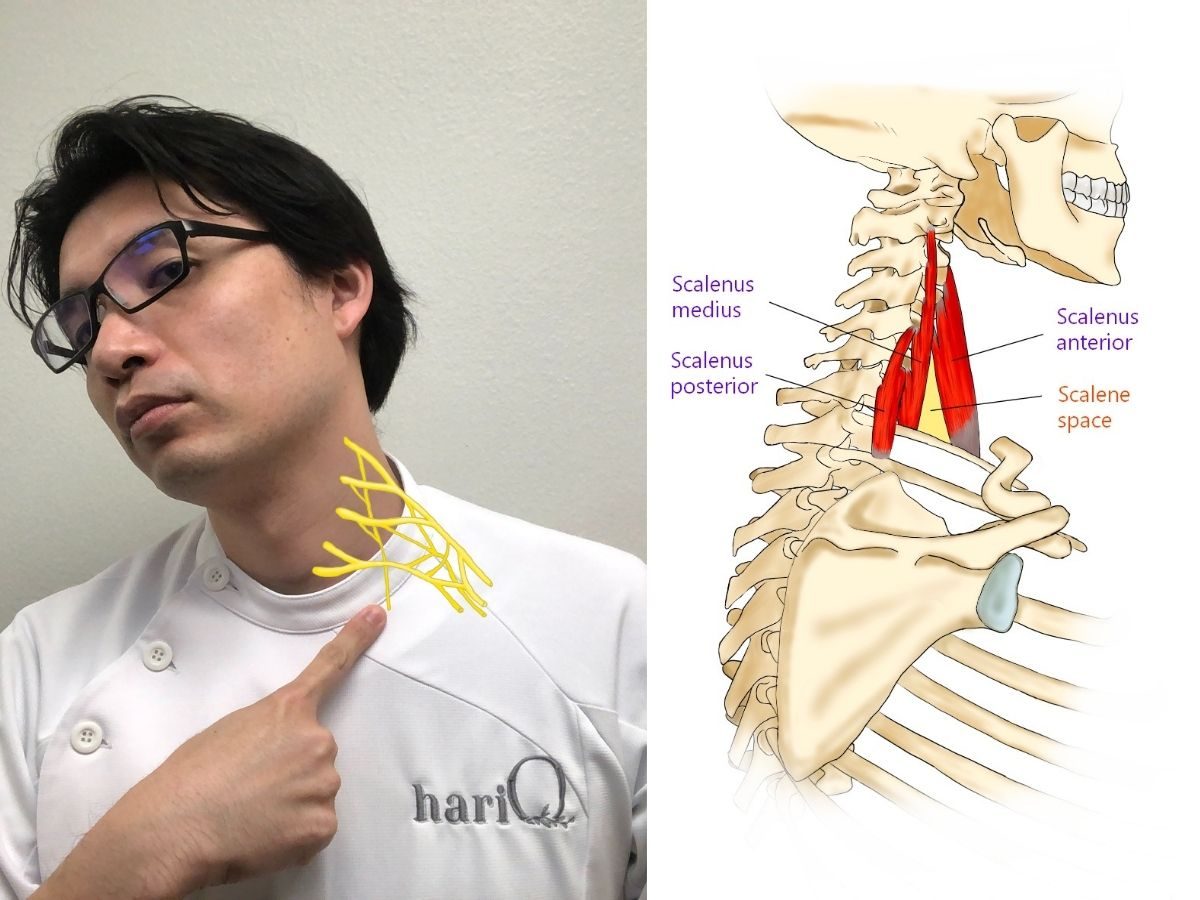
To give neck massage, use three fingers to start just below your earlobe. Divide the area into three spots and work your way down until you reach just above your collarbone. Use a circular motion and apply a little bit of pressure for 10 seconds. Be careful not to apply too much pressure and cause pain. Gentle rubbing is enough to feel good. Move down towards your collarbone and repeat this cycle two more times.


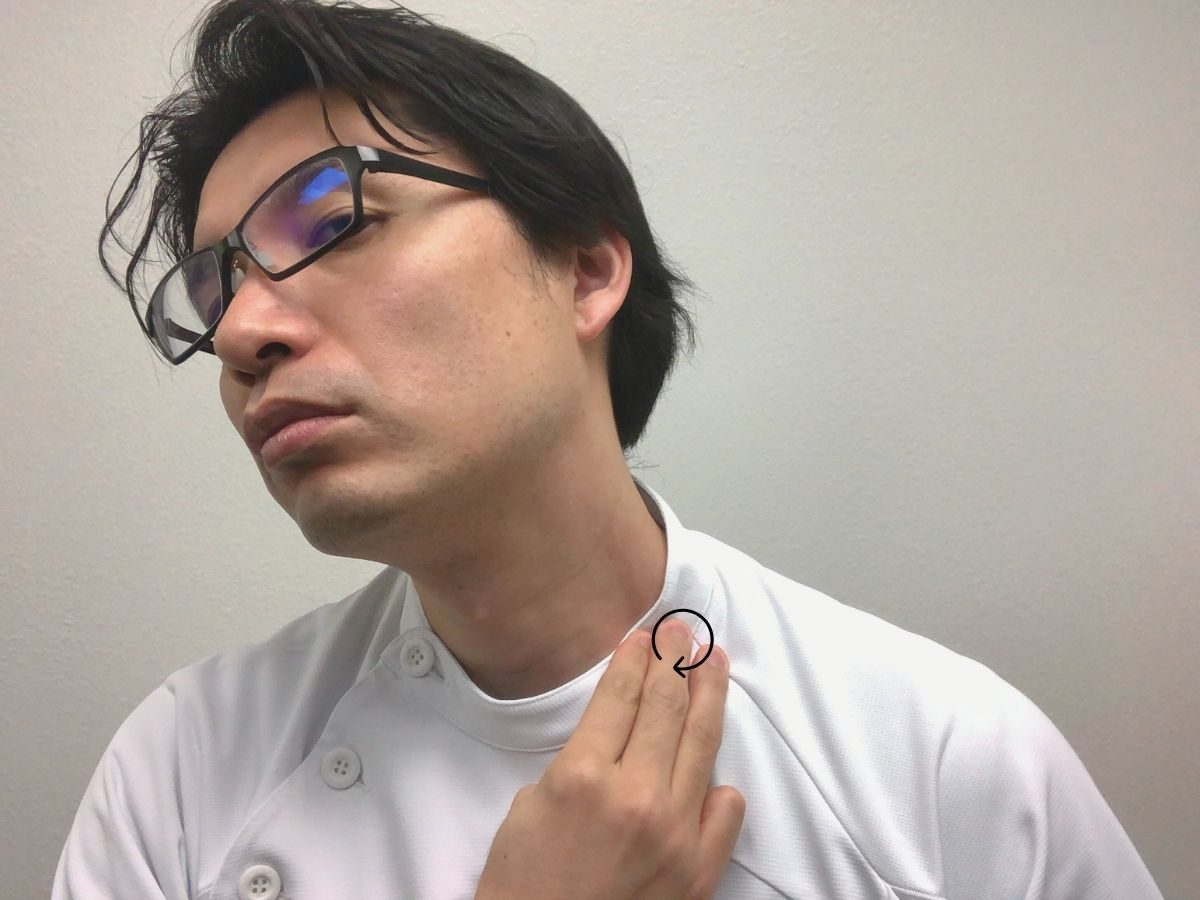
The next spot is located just below the collarbone. If you experience tenderness when touched here, it may be due to tightness in your pec major muscle or subclavicular muscle. These muscles can cause pressure on the nerves and vessels in the area. To alleviate this, please rub sideways along the collarbone for 10 seconds, and repeat this process two more times.
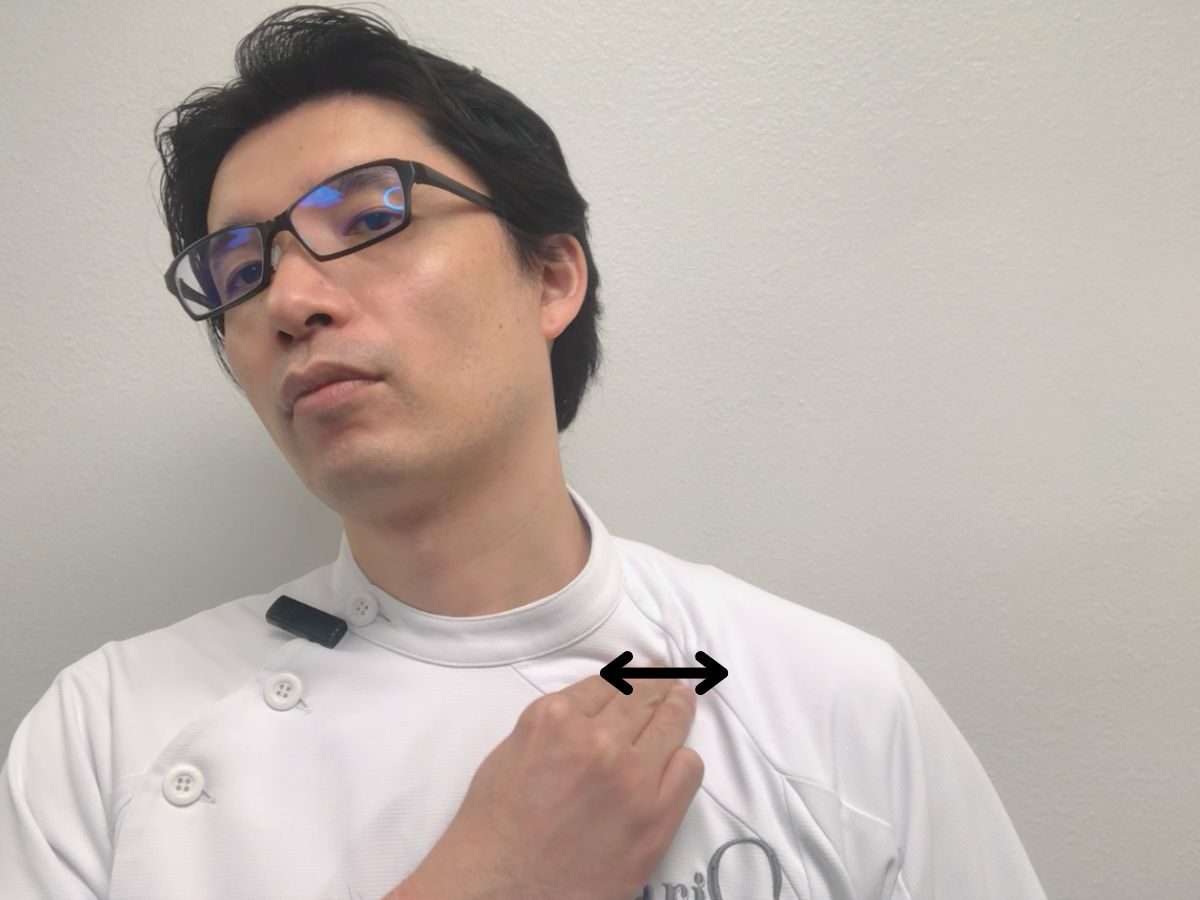
The last point is located on the shoulder. To locate it, touch the inside of your shoulder where there is a depression. Inside the depression, you’ll find a bone called the coracoid process. This is where the coracoid brachialis and pec minor muscles attach. When these muscles become tight, you may experience numbness and tingling sensations. To loosen up this point, use your fingers and place them just inside the knot. Rub in a circular motion for 10 seconds. You might feel sore at this point, but that’s normal. Repeat this process two more times.


Before you leave, I have one more recommendation. To relieve tension in your wrist, hand, and neck, I suggest using a heat pack or hand bath with Epsom salt. For the hand bath, fill a bucket with hot water at around 100 degrees and add a handful of Epsom salt. Soak your hand in the bath for about 20 minutes to reduce tension in the carpal tunnel and promote faster recovery.
To relieve tension in your neck, use a neck wrap for 20 minutes. This will help release the scalene muscles, which will, in turn, open up the nerves and blood vessels, reducing numbness and tingling in your hand.
Performing this massage exercise on a regular basis can help speed up your healing process and avoid the need for steroid shots or surgery. If you’re still having trouble with your wrist and hand, you might want to consider alternative treatments, like acupuncture, before deciding on surgery to cut your wrist.
We'll be happy to answer your questions.
Acupuncture is a highly effective treatment for carpal tunnel syndrome. During your initial acupuncture session, we examined your hand, wrist, and muscle tightness. Our treatments focused on reducing inflammation and swelling, as well as relieving numbness and tingling in your hand.
Numerous studies have shown that acupuncture is incredibly practical in reducing pain and inflammation. This is due to its ability to stimulate the body to release its natural painkillers. After each session, you should start feeling relief from your pain.
It’s generally recommended to seek treatment for carpal tunnel syndrome as soon as possible since early treatment leads to better outcomes. Delayed treatment, especially after months or years of the initial onset, can result in chronic cases that are more complicated and require longer recovery periods. Even then, complete recovery is not always guaranteed.
Acupuncture treatments follow a simple rule when it comes to frequency. Acute and relatively new conditions are best treated with more frequent visits, while chronic and old conditions can benefit from more widespread treatments. This means that if you have just developed carpal tunnel syndrome, you will likely be prescribed 2-3 treatments per week to achieve the most effective results. On the other hand, chronic cases usually require only one visit per week.
If you or a loved one was diagnosed with carpal tunnel syndrome and want to learn more about Acupuncture and whether it’s appropriate for your case, send us a message through our contact page. Thank you for taking the time to read this blog post! I appreciate your interest and hope to see you again for future posts.
We understand this can be a lot of information and overwhelming: if you are looking for more support and answers, set up a free consultation with our carpal tunnel syndrome Specialist, Satoru Ozawa. Share your story, get your questions answered, and learn how you can set yourself up for tremendous success in achieving a healthy life.
The following blogs discuss natural remedies, acupuncture, Chinese medicine, Chinese herbs, and tips for maintaining good health.
I would like to share with you what you can do with 5 TIPS and how to manage one of the most annoying conditions: tinnitus or ringing...
A 45-year-old man came to my clinic looking for some relief from the ringing in ears because he discovered that acupuncture might be a great option to...
I want to show how to alleviate tinnitus, which sounds like whistling, buzzing, roaring, or clicking, especially at night, using 10 acupressure techniques.

Satoru Ozawa, L.Ac, ATC
hariQ acupuncture & herbs
Licensed acupuncturist, Certified Athletic Trainer and Chinese herbal specialist. With his 10 years of experience in Oriental Medicine, he will recommend the best natural Remedies, including Acupuncture, Chinese herbs, and health tips to relieve your suffering.
I just like the helpful information you provide in your articles